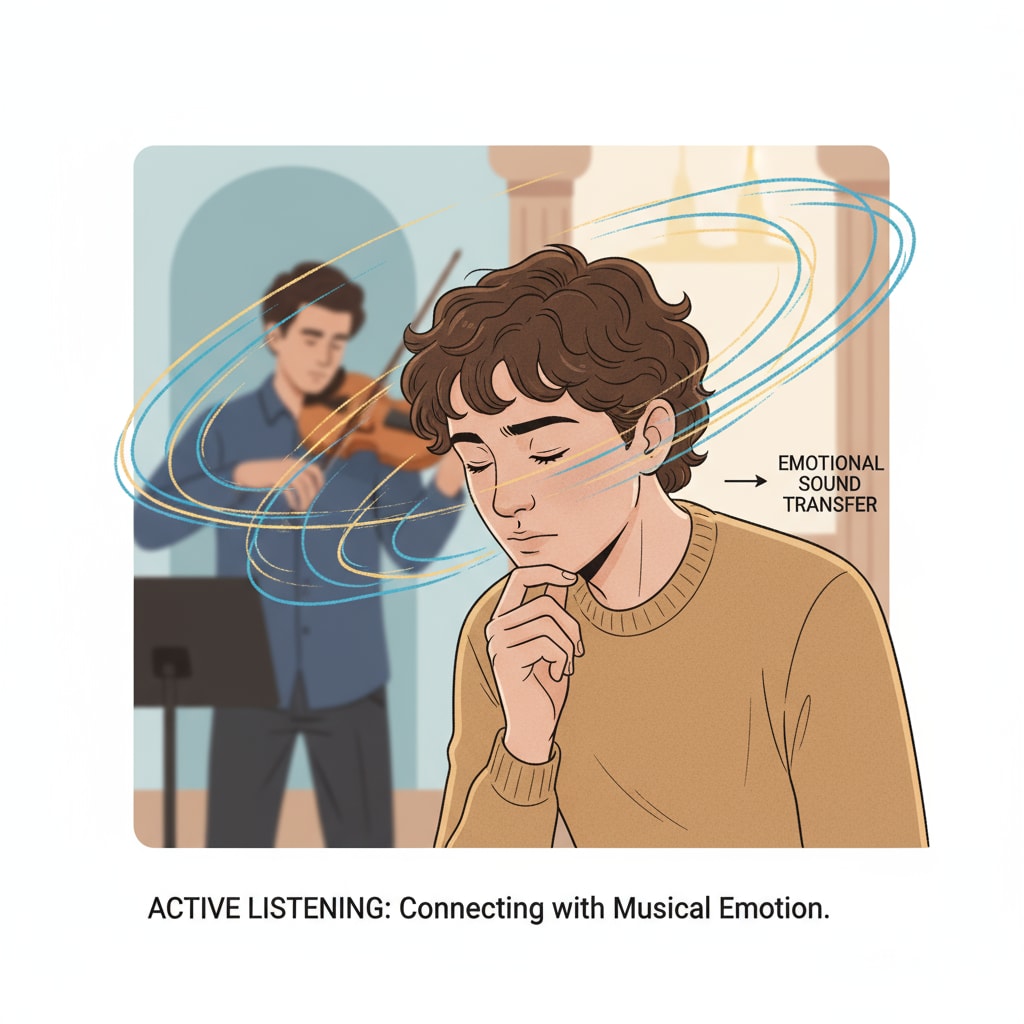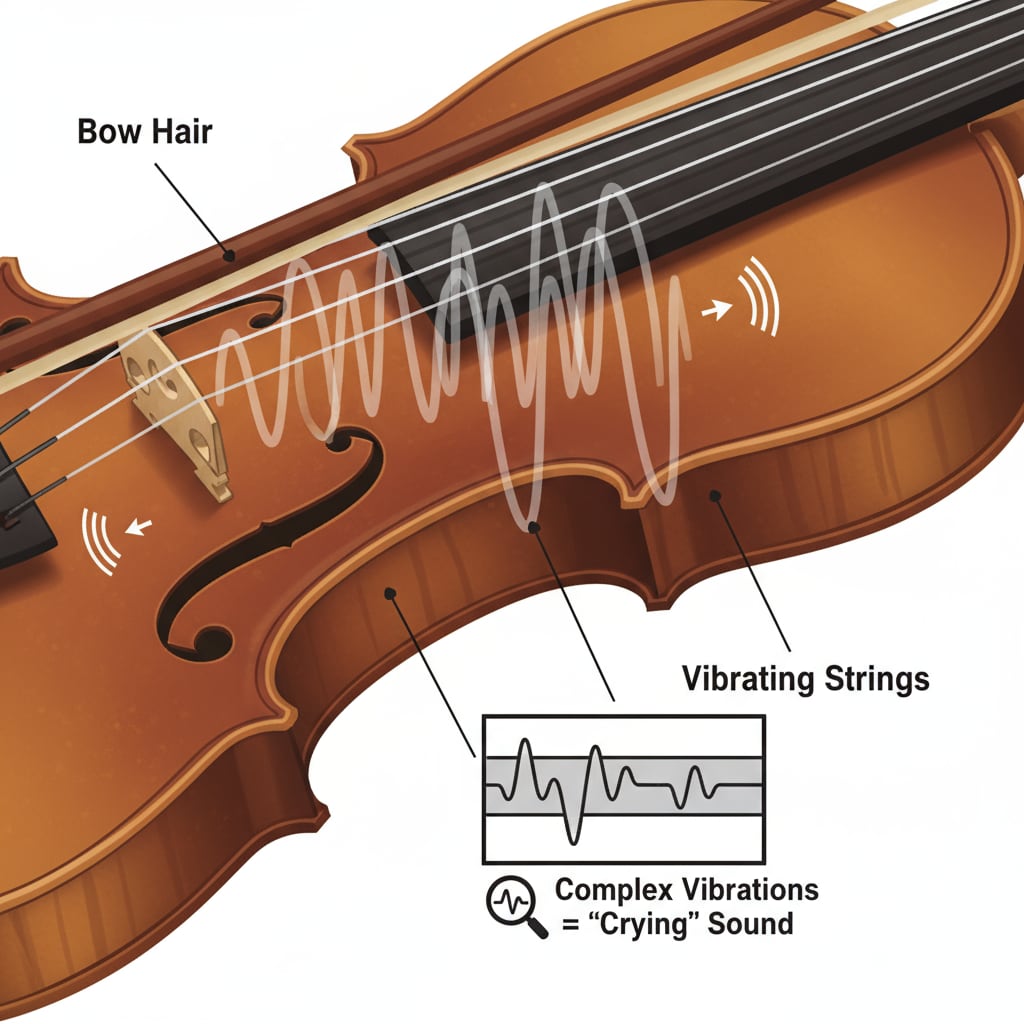Have you ever experienced a moment when you mistook the sound of a violin for crying? I once found myself in such a situation, and it made me realize the profound similarities between the two. This incident wasn’t just a simple auditory mix-up; it was a doorway to exploring the often-overlooked aspects of K12 music education.

Music has always held a unique place in human culture, yet the true value of music education, especially in the K12 context, is frequently misunderstood. As we journey through this exploration, we’ll uncover the reasons behind these misconceptions and why it’s essential to reevaluate the role of music in a child’s development.
The Acoustic Resemblance
The similarity between violin sounds and crying is not a mere coincidence. The violin, with its rich tonal range, can produce notes that mimic the emotional intensity of a human cry. For example, the high-pitched, piercing tones of a violin played with passion can evoke the same sense of distress as a child’s wail. This acoustic resemblance is due to the unique properties of the violin’s sound production. The vibrating strings, combined with the resonance of the wooden body, create a complex waveform that can closely approximate the sound patterns of crying. Violin on Wikipedia Understanding this connection helps us appreciate the emotional depth that the violin can convey.

Perceptual Misinterpretations
Our perception of sound is heavily influenced by our past experiences and cultural backgrounds. In many cases, the unfamiliarity with the nuances of violin music can lead to misinterpreting its sounds as crying. For instance, individuals who have not been exposed to classical music may be more likely to make this error. This lack of exposure is a significant factor in the misperception. In addition, the emotional context in which we hear the sound also plays a role. If we are in a stressful or emotional environment, our brains may be more prone to associating the violin’s sound with crying. Violin on Britannica These perceptual misinterpretations highlight the importance of music education in shaping our auditory sensibilities.
As we’ve seen, the similarities between violin sounds and crying are not just a matter of acoustics but also of perception. This realization should prompt us to reevaluate the role of K12 music education. Music education is not just about learning to play an instrument; it’s about developing a deeper understanding and appreciation of the emotional language of music. By exposing children to different musical genres and instruments, we can help them overcome these misperceptions and enhance their overall cognitive and emotional development. It’s time for educators and parents to recognize the invaluable role that music plays in a child’s life and ensure that it remains an integral part of the K12 curriculum.
Readability guidance: The article uses short paragraphs to convey ideas clearly. Each H2 section presents key points, and external links provide further information. The use of examples and transition words like “for example” and “in addition” helps with readability. The focus is on making the complex topic of violin sound similarities and music education accessible to a wide audience.


